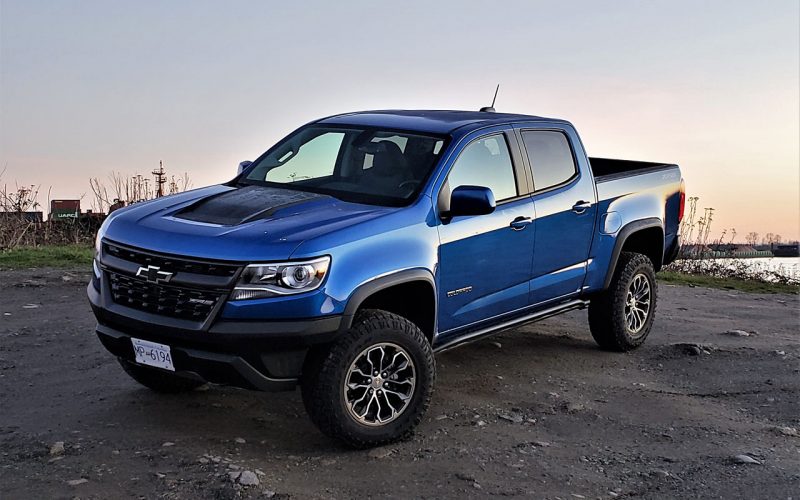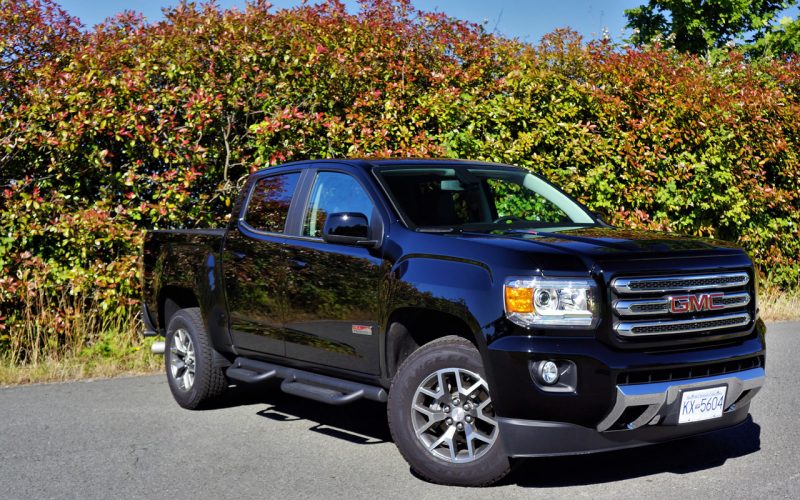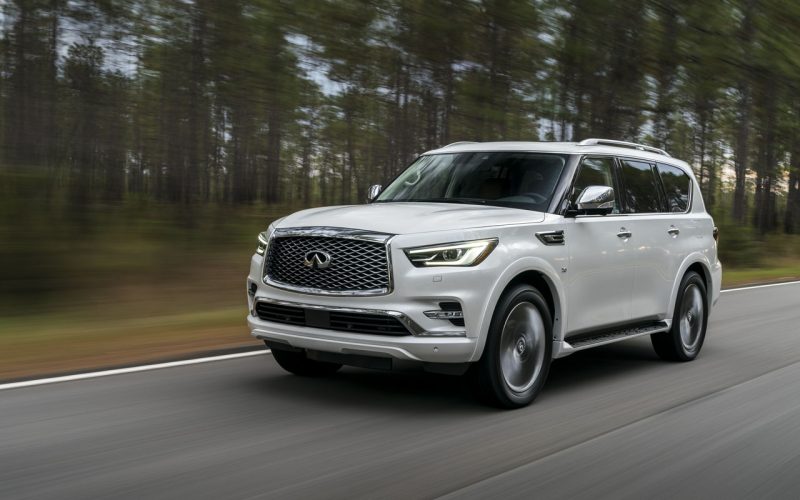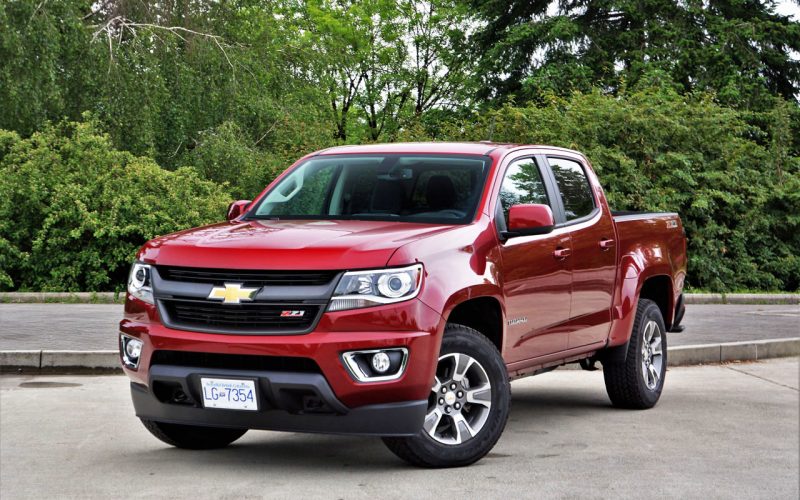
Reading Time: 5 minutesWhich would you rather have, one of Chevy’s ultra-rugged off-road racing replica Colorado ZR2 pickup trucks

Reading Time: 12 minutesThanks to General Motors, the mid-size pickup truck market is once again starting to heat up.

Reading Time: 6 minutesDrive a 2018 Infiniti QX80 and you’ll quickly be comparing it in kind to full-size SUV

Reading Time: 7 minutesJust how competitive are GM’s new Chevrolet Colorado and GMC Canyon mid-size pickup trucks on the
© 2025 The Car Magazine. All Rights Reserved, Privacy Policy | Terms of Use